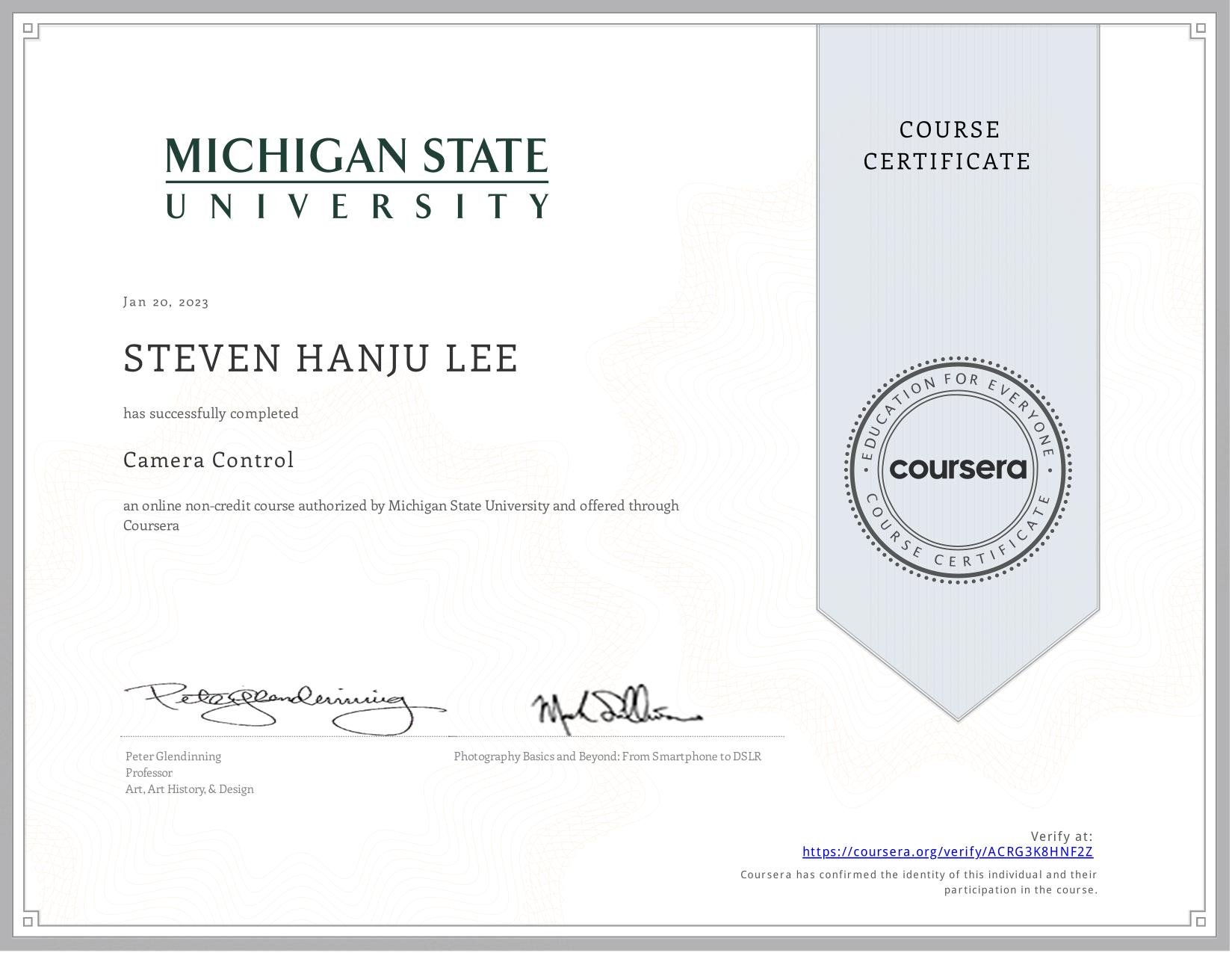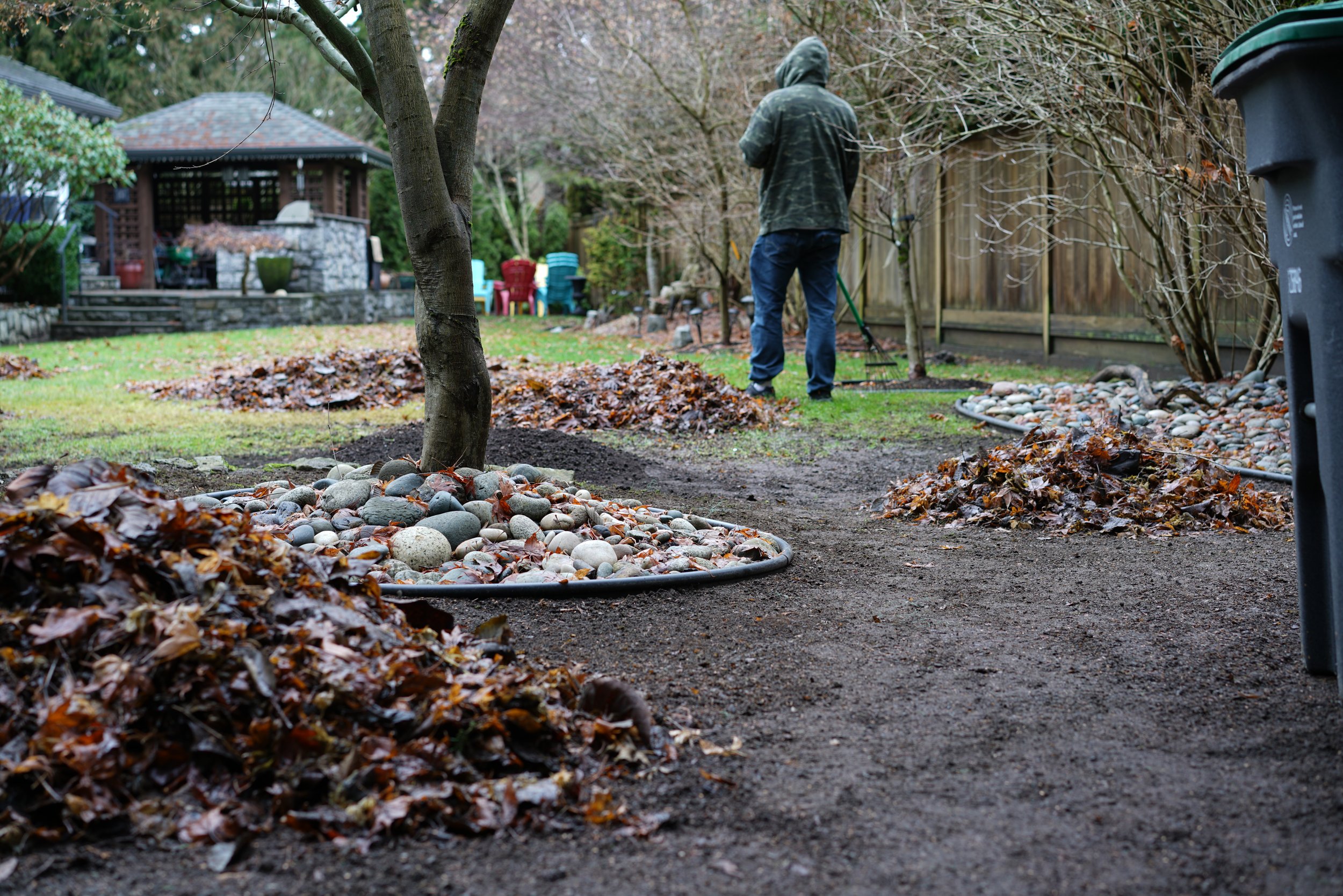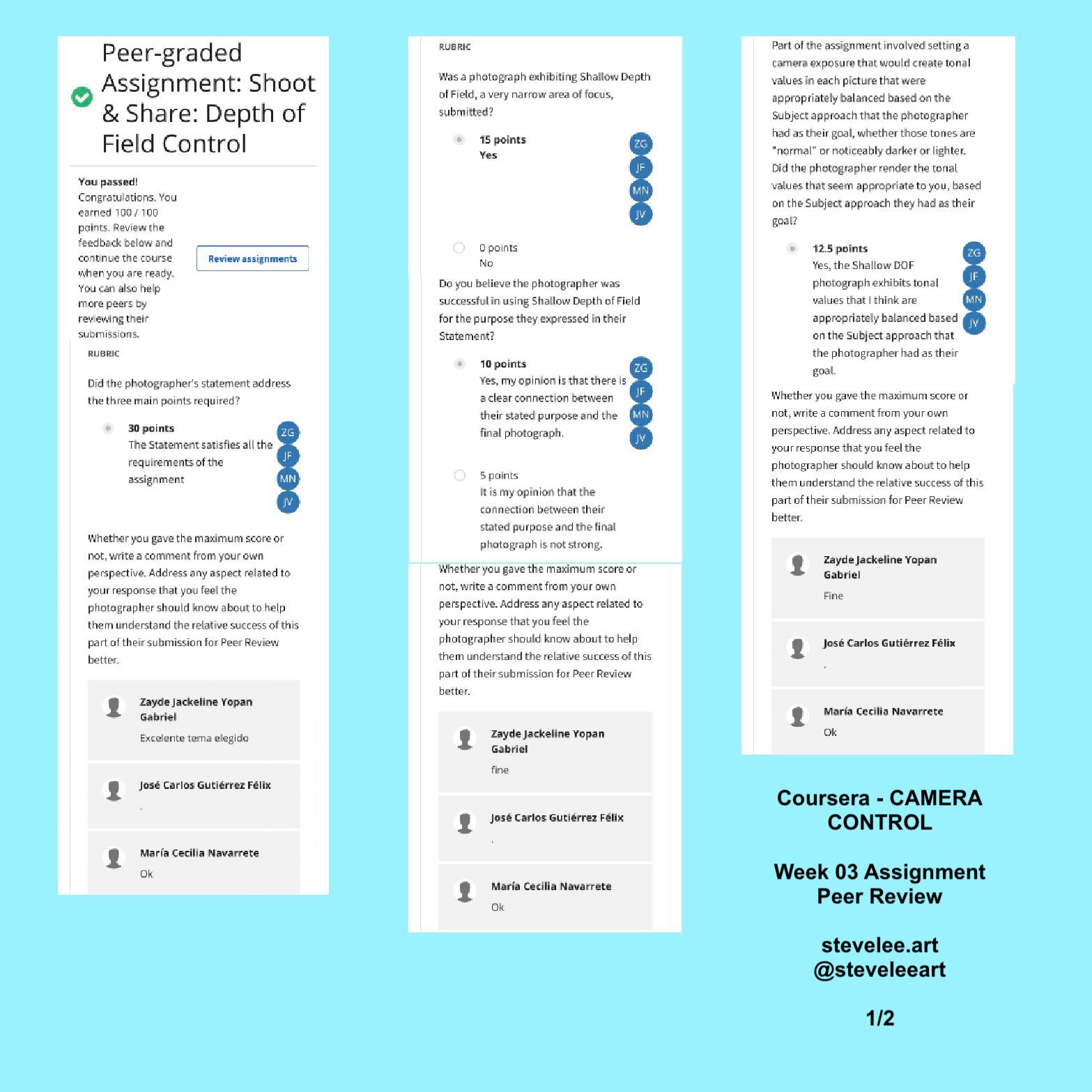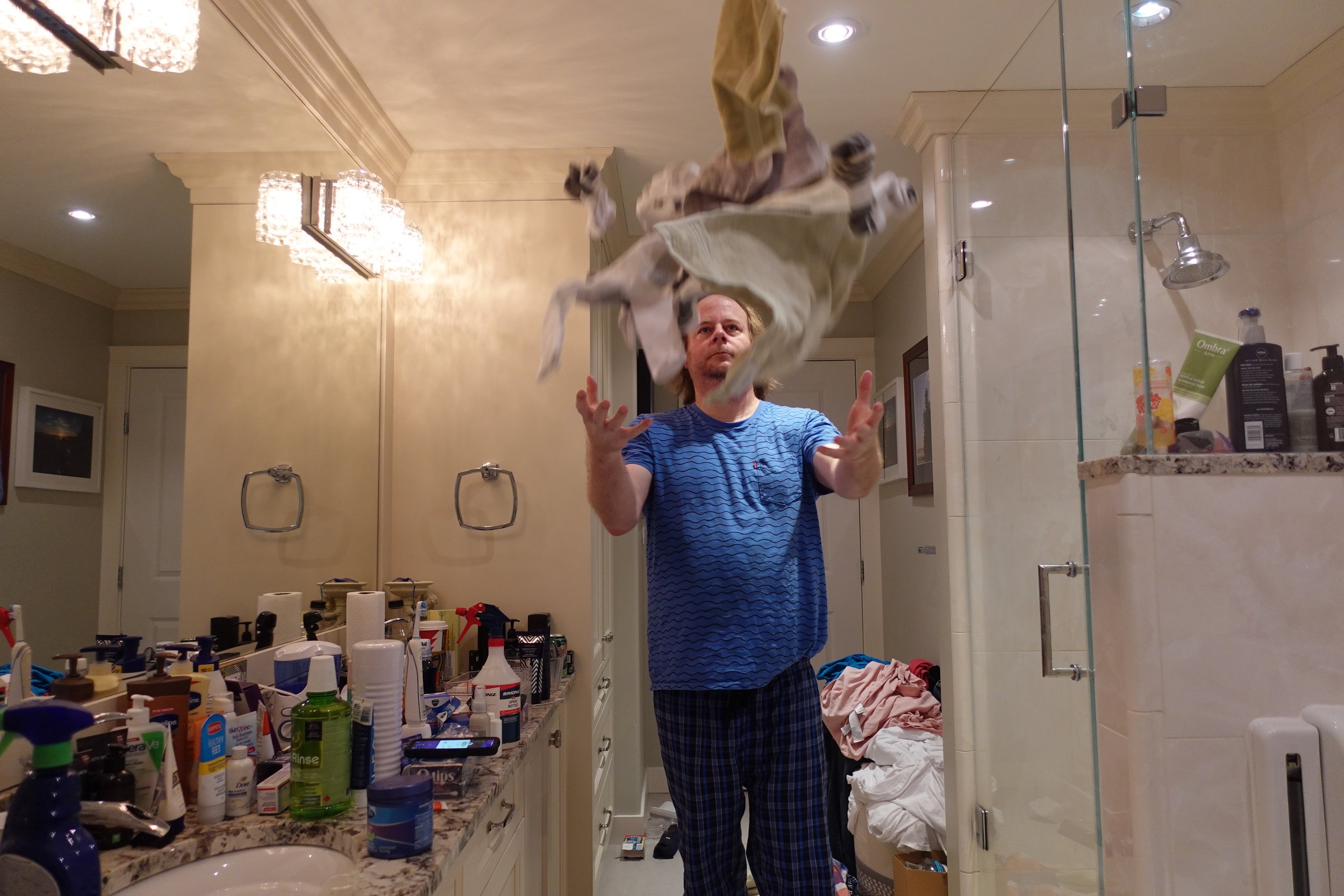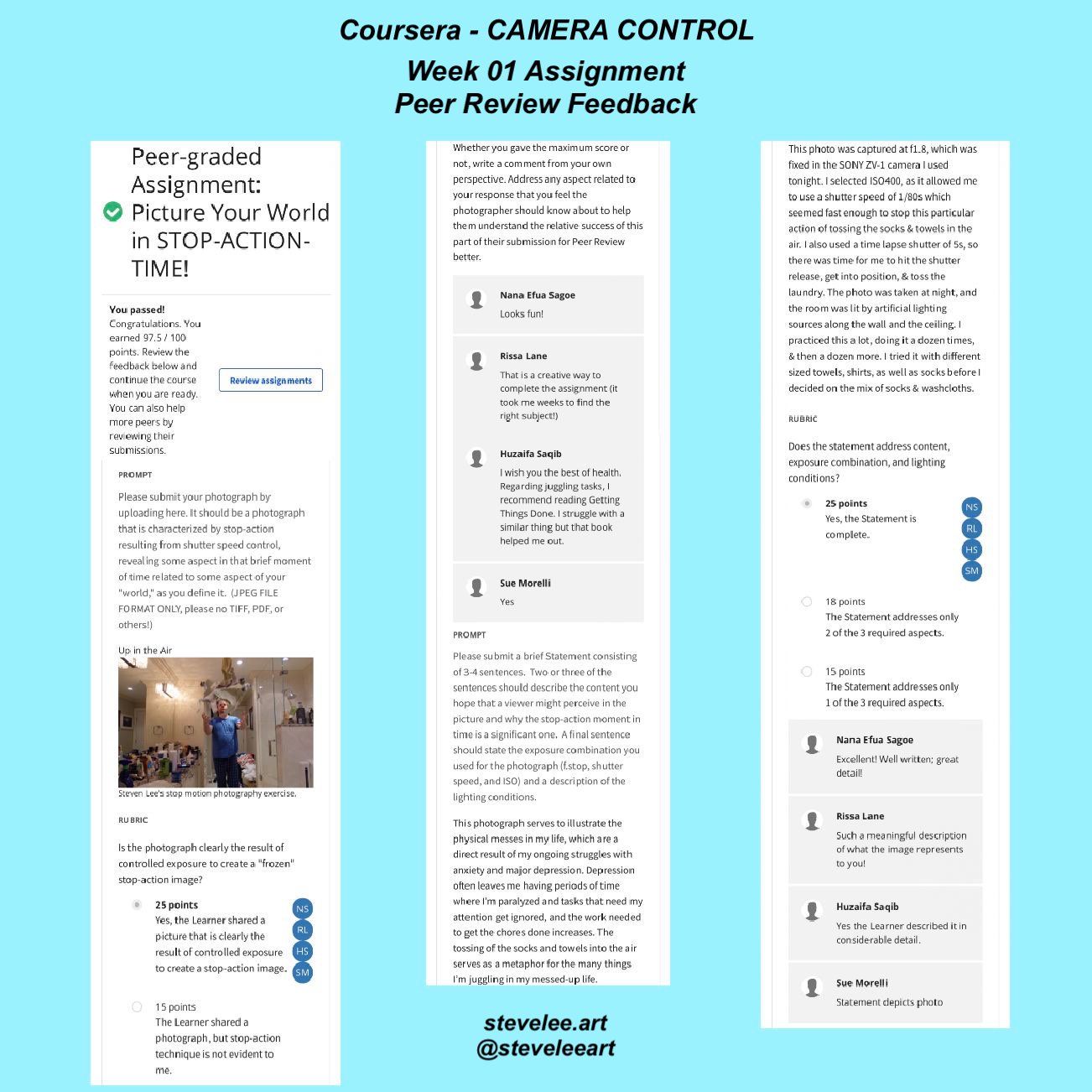In Module 4 we return to studying concepts related to the way photographs look, and how practical decisions that are unique to photography can have dramatic effect in terms of what their objective or creative content might be. We examine the aspect of Time as an essential choice that must be made by photographers no matter what their ultimate goal for image-making. We continue the Peer Review process for paid-Learners.
Assignment - Picture your world in BLURRED-ACTION-TIME!
What are the meaningful things in your world of reality, imagination, document, or expression? That alone is a powerful question! A related question forms the basis for this assignment: Whether your expressive purpose in this assignment is to create a photograph from a more documentary point of view, or to creatively express a content drawn from your imagination, how can you use the element of BLURRED-ACTION-TIME as a prominent aspect to convey that content? The answer to that question will be a key factor in both the technical and content aspects a viewer would evaluate in the one photograph you submit.
You will recognize already that this assignment is similar to the first Peer Review assignment in this Course. In that first assignment you were challenged to express elements relevant to your special world using techniques to create STOP-ACTION-Time photographs. In this assignment, you may choose a similar subject to that which you first addressed, or pick an entirely different aspect of your world to express. Whatever you settle on, you will share a single photograph that reveals a new content in your world that results from blurring a moment in time as evidenced by movement of things in front of the camera, or movement of the camera, or both!
Whether you are making an interpretive picture that is more "artistic," or one that is more practical, realistic, or documentary, be sure to make ISO setting and shutter speed and aperture choices that will result in a slow shutter speed to create blur AND a properly exposed picture holding tonal values of lightness and darkness that are appropriate for your approach.
As with any photograph, whether it is for artistic or more documentary purposes, frame your image so that there is what an average viewer would consider a successful composition, one that has an arrangement of visual elements that feels "balanced" to your eye. (JPEG FILE FORMAT ONLY, please no TIFF, PDF, or others!)
Write a brief Statement consisting of 3-4 sentences. In 2 or 3 sentences, describe the content that you hope a viewer perceives in your picture and why the blurred moment in time that you have recorded is a significant one as it relates to you and your world. In the final sentence please share the exposure combination (f. stop, shutter speed, and ISO) you used for the picture, and describe the lighting conditions (as an example, "it was 3am here in New Delhi, the room was quite dark, and this scene was lit by candle light"), so your fellow Learners can not only understand the context for your picture but also gain knowledge to use in their future efforts.
Upload the image file just as the camera records it, without any Photoshop or App manipulation.
“The alternative realities created by having too much to do...” - I shot this photo on my Sony Alpha 7R2, at ISO80, f22 @ 30 seconds with a Sony FE 55 lens. The shutter speed of 30 seconds left me with enough time to move around the frame and hold my position in different spots long enough to create detail in the final image. The use of the 55mm lens meant that a ridiculously small portion of the garage was in the frame, helping to emphasize the idea that the space is claustrophobic to navigate. Bags and a dog carrier cage take up the foreground, with a heap of stuff crammed onto the shelves right behind me. It was after midnight when I took these photos. There was thick and unsettling darkness visible where the garage’s windows are. As a result, the garage itself was lit by fluorescent tube lighting that hung overhead near the back of the garage where my camera was.
TITLE: The alternative realities created by having too much to do...
DATE: January 18, 2023
Many aspects of my life have become engulfed and even paralyzed by a claustrophobically unorganized mess that I’ve been struggling to clean up. Often, it feels like I’m running around in circles, getting little done - as represented by the blurry image of myself moving through the cluttered space of my garage that I captured in this photo.
I shot this photo on my Sony Alpha 7R2, at ISO80, f22 @ 30 seconds with a Sony FE 55 lens. The shutter speed of 30 seconds left me with enough time to move around the frame and hold my position in different spots long enough to create detail in the final image. The use of the 55mm lens meant that a ridiculously small portion of the garage was in the frame, helping to emphasize the idea that the space is claustrophobic to navigate. Bags and a dog carrier cage take up the foreground, with a heap of stuff crammed onto the shelves right behind me. It was after midnight when I took these photos. There was thick and unsettling darkness visible where the garage’s windows are. As a result, the garage itself was lit by fluorescent tube lighting that hung overhead near the back of the garage where my camera was.
This photo is also posted on Instagram and Flickr.
Peer Review Feedback…
GRADE: 100%
Course Certificate of Completion
Course Completed on January 19, 2023
Overall Grade: 99.5%


